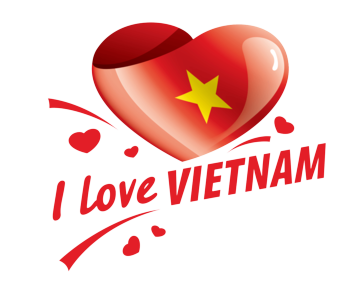You may have heard of the “xe đò” before. But what is a xe đò? Where does it operate? What does a xe đò transport? Are there still xe đò around? Not everyone knows. So let’s find out together where this unique type of vehicle operates and what its function is.
What is a Xe Đò?
Xe đò is essentially a passenger vehicle, operating on fixed routes. The term “xe đò” is commonly used in Southern Vietnam, especially in the Mekong Delta region. While in the North and Central regions, people refer to these vehicles as “xe khách” (passenger vehicles) and use that term more frequently, in the Mekong Delta region, the term “xe đò” is predominantly used to describe this type of fixed-route passenger transportation. If you hear someone say “I took a xe đò here” or “I just got off the xe đò,” then they are most likely from the Mekong Delta or Southern region.
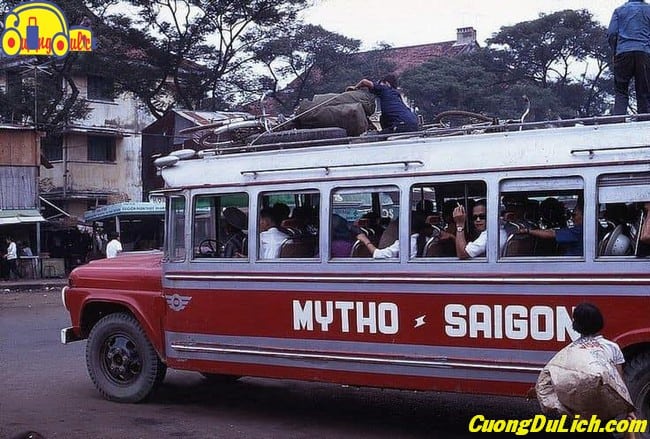
However, nowadays, the term “xe đò” is mainly used to refer to long-distance passenger vehicles in the Mekong Delta, while buses are still called buses or “xe buýt” in this region, as in other parts of Vietnam.
Why is it called “Xe Đò”?
Many people are often surprised when they first hear about the xe đò, especially in the watery regions of the Mekong Delta. So why is a vehicle that runs on land called a xe đò?
Origin of “Xe Đò”
In the early days, xe đò were small vehicles that could carry around twenty passengers, initially introduced by the French. However, just a decade later, wealthy Vietnamese individuals established companies, imported engines and chassis from Europe and the Americas, and built larger xe đò capable of carrying over fifty passengers. Fierce competition arose during the period when road infrastructure expanded and developed in the provinces of the Mekong Delta and Southeast Vietnam. The transportation network connected everywhere, the demand for travel increased, marking the golden age of the xe đò.
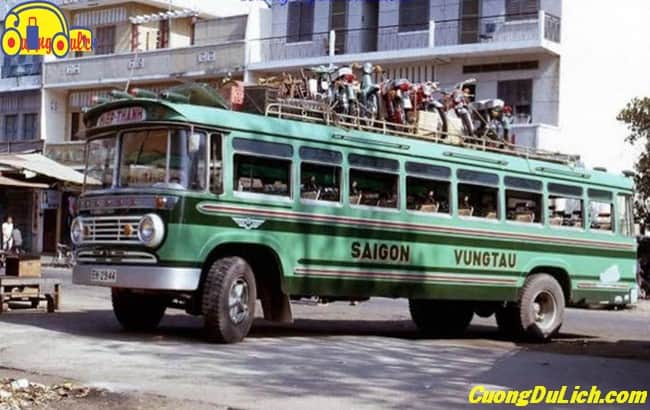
The writer, who is also a scholar from the Southern region that everyone knows as Son Nam, explained the term “xe do” as follows: “The Mekong Delta is full of rivers and water, in the past, the main means of transportation were boats and ferries. Until the 1930s, the French established several passenger car companies to travel to the Western region. At that time, the roads were not well developed, so when the cars arrived at the docks, passengers had to transfer by boat, hence the term “xe do” for convenience. People from the North call it “xe khach” or “xe ca,” while people from the Central region call it “xe do” like those from the South. Some people explain that because most of the bus owners traveling to the Central region are from Saigon, “xe do” has become a common term for convenience.”
According to our reasoning, it is slightly different. Firstly, a “do” is a boat that transports passengers from one side of the river to the other. Similarly, a “xe do” has the task of transporting passengers from one place to another. The term “xe do” was commonly used in the South before 1975. Nowadays, very few people still use this term. However, for older people, they still have the habit of using the term “xe do.” In conclusion, “xe do” is a passenger vehicle that takes people from one place to another.
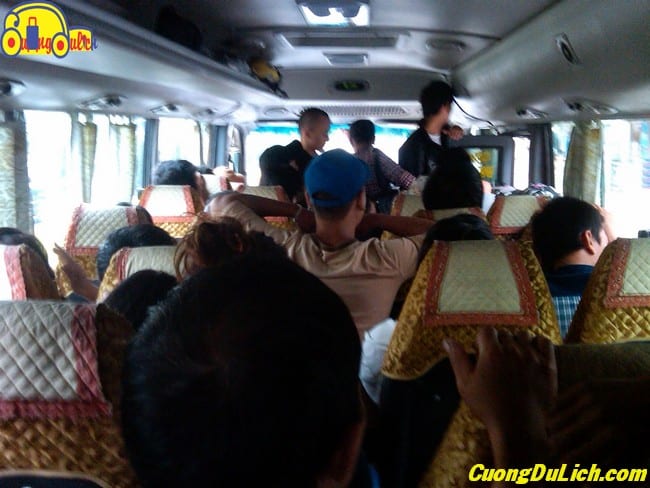
If we don’t count the type of taxis picking up passengers along the road, then the “xe đò” is a relatively inexpensive means of long-distance travel. Before 1975, only mail vehicles, which were the “xe đò,” were prioritized for delivering mail from the provincial post office, not having to wait for ferries or be questioned by the police. The Dong Hiep ferry company running from Saigon to Thu Dau Mot was very familiar to us from childhood until 1975.
Are there still “xe đò” now?
Nowadays, the “xe đò” (which is the passenger bus) has advanced a lot, with air conditioning, comfortable reclining seats for long-distance passengers. The only thing missing is a restroom on the bus, but they also provide complimentary drinks and wet wipes for passengers. The buses run faster thanks to bridges over the Tiền and Hậu rivers, with a Mai Linh bus reaching Cà Mau market in just six hours.
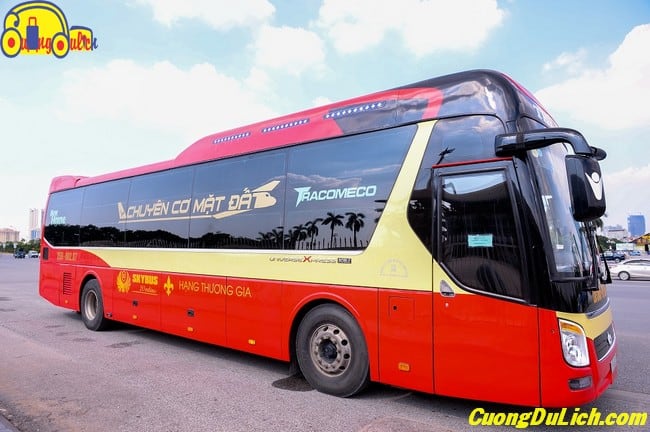
However, those of us over the age of 60 or 70 have many memories of riding the “xe đò” (a type of traditional Vietnamese ferry). Each ride carries a sense of nostalgia. When we were young, every ride on the “xe đò” meant we never sat down, always stood by the side door to look at the roads, streets, vehicles… Every trip back to the countryside, we felt a sense of peace when seeing the lush green rice fields along the highway. We also remember the smell of sweat and gasoline in the sun and wind of the Central region. We remember the bustling docks of the past. And some remember the heavy burden of life, recalling the times crossing the Mỹ Thuận ferry…
If you ever visit the Mekong Delta or travel from Saigon to the Mekong Delta, try taking a xe đò to the Mekong Delta to see what it’s like. Experience the feeling of calling out for a bus or asking about a xe đò to the Mekong Delta and see how people react. Share your experience with us. Thank you.
